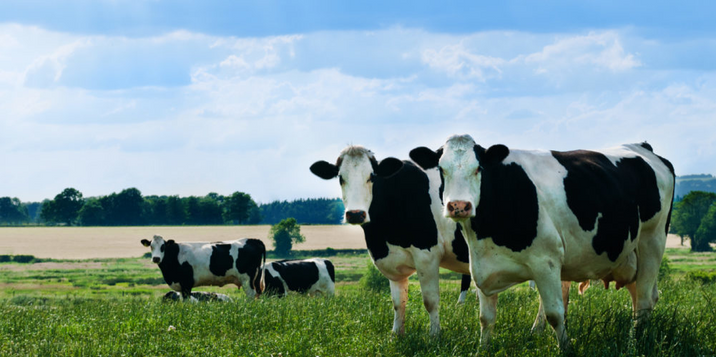
University begins $168,000 HPAI research study
Michigan State University (MSU) has embarked on a new $168,000 research project to study the effects of the recent highly pathogenic avian influenza (HPAI) outbreaks on dairy cattle reproduction and milk production, as well as transmission of the disease.
As of mid-May, the disease has infected dozens of dairy herds across Colorado, Idaho, Kansas, Michigan, New Mexico, North Carolina, Ohio, South Dakota and Texas, according to the United States Department of Agriculture (USDA).
The virus, which first was identified in domestic birds in the United States in 2022, has more recently been detected in dairy cattle and unpasteurized milk. Symptoms in cattle include reduced milk production, decreased appetite and changes in milk color and consistency.
“Immediately upon the onset of the H5N1 outbreak in Michigan dairy cattle, MSU AgBioResearch, the College of Veterinary Medicine and MDARD began conversations about research questions that when answered could inform policy and management strategies to help prevent transmission within and across dairy herds,” said James Averill, assistant director of MSU AgBioResearch and leader of the organization’s animal agriculture initiatives. “This research will enable the dairy industry to better understand H5N1 and the impacts on dairy herds over time.”
The university research team is partnering with Michigan farms, working closely with the Michigan Department of Agriculture and Rural Development (MDARD) to have access to herds that have tested positive for HPAI. The team plans to conduct five studies on farms with HPAI-positive animals, including lactating cows, dry cows and calves, collecting blood, nasal swabs and milk samples.
Questions about this Article?:

Copyright © 2021-2025. All rights reserved
This website stores cookies on your computer. These cookies are used to collect information about how you interact with our website and allow us to remember you. We use this information in order to improve and customize your browsing experience and for analytics and metrics about our visitors on this website. To find out more about the cookies we use, see ourPrivacy Policy.